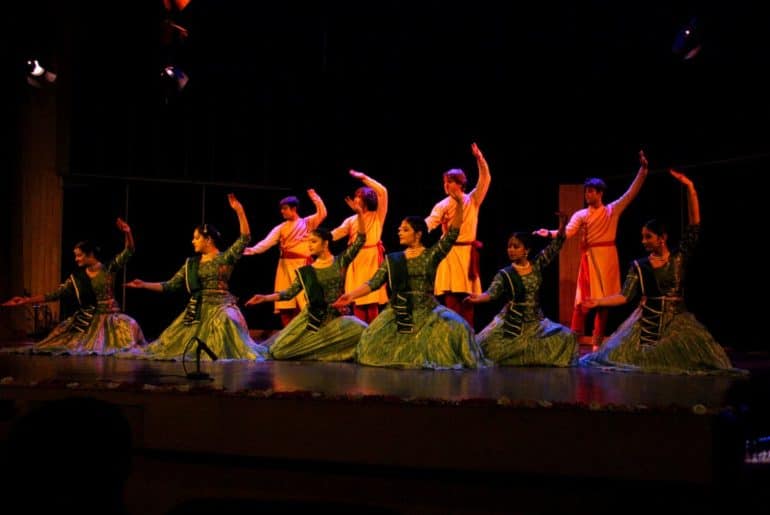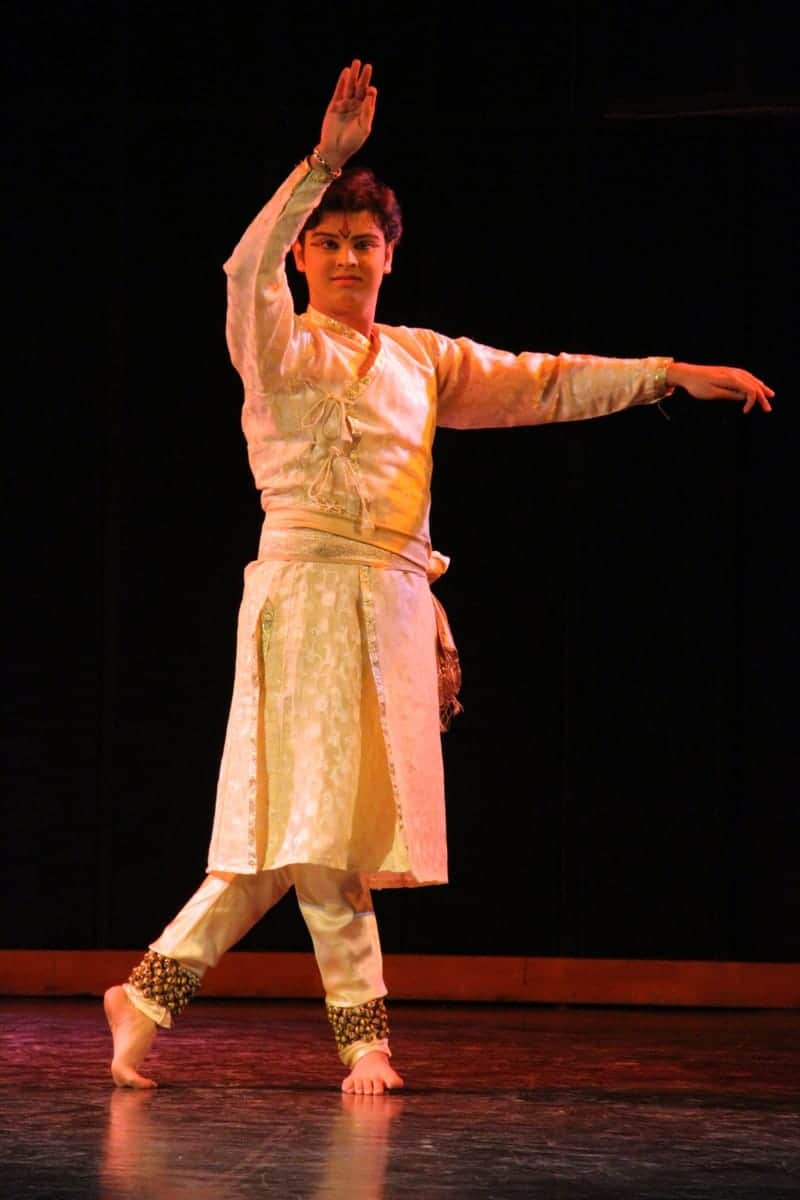Lurking in the dark corners of lost Mughal provinces is the glory past of bejewelled necks and lavishly costumed bodies of heaven romancing to the rhythmic tunes of royal melodies-the tawaifs, the mujre wali, and the kothewali. The cultural treasures and artistic geniuses of then, now social outcasts and sexual objects of an institutionalized patriarchy.
‘Mujra’, a word often associated with eroticism or sexual dance styles, born of an Oudhi origin, was a performing art form solely reserved for the womb it was birthed at, that is, the royal courts. Under the tutelage of Nawab Wajid Ali Shah, the final king of Awadh, two storytellers known as Kathaks, Kalka Maharaj and Bindadeen Maharaj, expanded and perfected the classical dance form of Kathak, adding more drama and seduction till it was refined to Mujra. This dancing style was learnt and improved by the Nawab himself, who was a dancer of great skill and finesse. Therefore, the Ustads who were recognised with starting the Lucknow Gharana of Kathak later became the creators of Mujra.
Derived from the Marathi language, Mujra literally means ‘to bow down’. Before beginning a performance, it is customary for dancers to bow and pay respect to God, their Guru, and the audience. Namaskar and Salaami
tukdas/todas of Kathak have kept this alive. It was most likely this act of Mujra, or paying respect, that gave the performance its name. This symbolism can be seen in famous folk Bhajans of Uttar Pradesh like Ram Jharokhe- “राम झरोखे बैठ के सबका मुजरा ले, जैसी जाकी चाकरी वैसा वाको दे” (Lord Ram watches us all through
a window and rewards us in accordance with the intensity of our obeisance towards him.)
Holding these tokdas in the delicat elegance of their palm were Tawaifs. Contrasting popular connotations,
they were courtesans similar to Japan’s Geishas. Well-known culturists, aesthetes, collectors, and entertainers, they were artists who passively consumed the patronage they had received. The Tawaifs were the most powerful group of female citizens and made the most of their direct access to powerful males. They were supposed to be affluent in Hindi and Urdu languages, and learn poetry and literature. In a place known for being extremely competitive, only the wittiest and most self-assured remained. They were the first wave of feminists in the Indian peninsula and possessed land, which was a privilege enjoyed by few males, save for any woman. It was the incoming British who cracked down on Tawaifs under the guise of social cleansing in order to end kinship-based authority and destroyed the indigenous dynasty. To lessen their power over their respective leaders, the Tawaifs were stripped of their possessions and territory.
In the early 1800s, the British turned them into prostitutes and prohibited Mujra through a number of laws. A social purity movement that attacked non-hetero, noncis, LGBTQ+ citizens began soon after. Anti-courtesan laws were introduced in an effort to combat STDs. The governments of India and Pakistan adopted this atmosphere of shame after their respective independences. In Mumbai, the dance bars where the contemporary Mujra was practised were forbidden. The tawaifs of Pakistan were expelled to the outskirts of the city during the rule of the military ruler Zia-Ul-Haq.
After then, the Kotha facility was turned into a brothel, and Mujra was transformed into a suggestive and borderline filthy erotic dance show. For India’s indigenous performing arts, this was a horrible and irreparable loss, as a vast array of songs and dance forms also perished along with their keepers.
Mujra now takes the contemporary, reduced-down form of Bollywood songs like Salame Ishq and Inn Akhon
Ki Masti Ke performances in bars and wedding parties for a hefty price and a lowly occupation. According
to Kabir Kakkar, the talent manager of Lucknow’s K4 Entertainment Pvt. Ltd.,
“In Lucknow, most dancers are Indian, but the ‘big money’ dancers are from Uzbekistan, Russia, and Ukraine, paid between Rs 5,000 and Rs 25,000 per one-hour show. They are trained in Kathak or Bharatnatyam, and some have picked up mujra expressions and gestures from films like Umrao Jaan.”
The maker of the same film Umrao Jaan, Muzaffar Ali, claims that what we see now is not mujra. It’s all very
commercial and physical, as he puts it. “The art, where is it?”
The status quo of these dancing groups remains hazy with the transforming identity of what it is to be a ‘Mujre Wali’. They substitute their menial occupation with jobs in IT sectors, modeling agencies, and small acting roles in television serials. Because as accounted by one of these dance group owners, “It’s a bit demeaning to call them just mujra girls.
Aayat Farooqui


